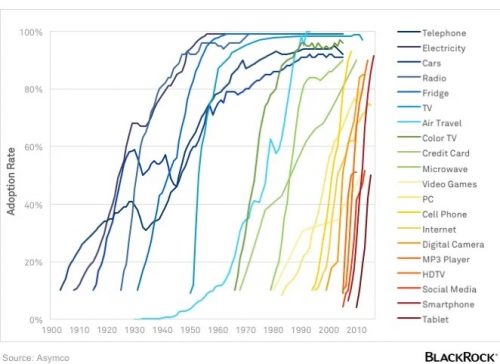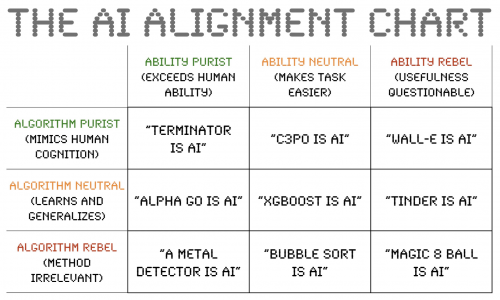It’s looking ominous this morning for Florida’s Gulf coast. Is “ominous” maybe the wrong word? The situation is more than just threatening, they’re about to be slammed hard today by Hurricane Idalia. Just yesterday I was reading that meteorologists expected it would be a Category 3 hurricane with winds above 100mph, but today they’re saying it’s going to be much worse, with 130+ mph winds.
Idalia rapidly intensified to a Category 4 hurricane overnight as forecasters warned that a “catastrophic” storm surge and “destructive” winds were nearing Florida’s northern Gulf Coast. Idalia is set to make landfall Wednesday morning, the National Hurricane Center said. The agency warned Florida residents to prepare for long power outages and said some locations may be uninhabitable for several weeks or months. Parts of eastern Georgia and southeastern South Carolina also could experience damaging winds.
Unfortunately, hurricanes are not discriminating and this one won’t be selectively plucking up the idiots who voted for their climate-change-denying governor. I’ve never experienced winds that fierce — y’all stay safe now.












